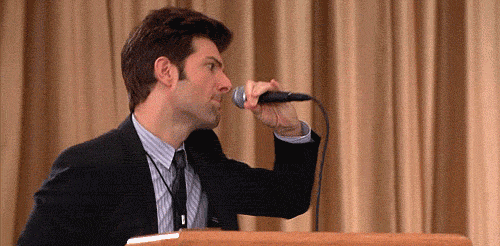Ash Williams
Well-Known Member
OK USMCmech- Did you say, "I don't work with students that are idiots."? Do you give them some sort of are-you-an-idiot-test before the engine failure lesson?
I don't have time to cut and paste your posts. (And you seem like the kinda guy that would edit his post after being called out) But in one post you say,
"I never stop the prop!"
And then in another you say,
"If you had ever seen this demo, you would know that stopping the prop on most light trainers requires slowing to just above stall speed...."
Let me guess- you've never actully done it but saw a video. Your instructor did it. Or you read about it on the Internet. Or you lied about not stopping the prop and DID do it... but in a responsible way?
I don't have time to cut and paste your posts. (And you seem like the kinda guy that would edit his post after being called out) But in one post you say,
"I never stop the prop!"
And then in another you say,
"If you had ever seen this demo, you would know that stopping the prop on most light trainers requires slowing to just above stall speed...."
Let me guess- you've never actully done it but saw a video. Your instructor did it. Or you read about it on the Internet. Or you lied about not stopping the prop and DID do it... but in a responsible way?


